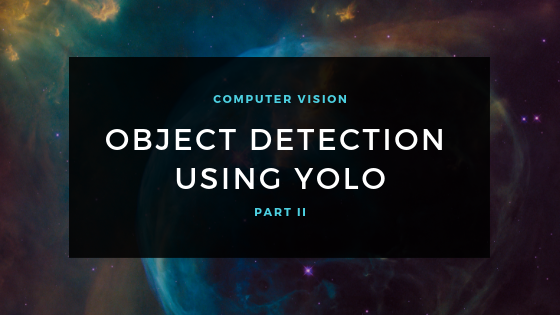In the last part, we understood what YOLO is and how it works. In this section, let us understand how to apply it using pre-trained weights and obtaining the results. This article is greatly inspired by Andrew Ng’s Deep Learning Specialization course. I’ve also tried to gather information from various other articles/resources to make the concept easier to understand.
Now it’s time to implement what we’ve understood using Python. You can do this with the help of a Jupyter Notebook (or any other IDE of your choice). The implementation of YOLO has been taken from Andrew Ng’s Github Repository. You’ll also have to download this zip file which contains the pre-trained weights and packages to implement YOLO. Here’s a link to my GitHub repository where you can find the Jupyter Notebook.
I’ve tried to comment on as many lines of code as possible for better understanding.
Importing Libraries:
Let us first import all the required libraries.
import os
import imageio
import matplotlib.pyplot as plt
from matplotlib.pyplot import imshow
import scipy.io
import scipy.misc
import numpy as np
import pandas as pd
import PIL
import tensorflow as tf
from skimage.transform import resize
from keras import backend as K
from keras.layers import Input, Lambda, Conv2D
from keras.models import load_model, Model
from yolo_utils import read_classes, read_anchors, generate_colors, preprocess_image,draw_boxes, scale_boxes
from yad2k.models.keras_yolo import yolo_head, yolo_boxes_to_corners, preprocess_true_boxes, yolo_loss, yolo_body
%matplotlib inline
#yolo #machine-learning #deep-learning #object-detection #computer-vision #deep learning
